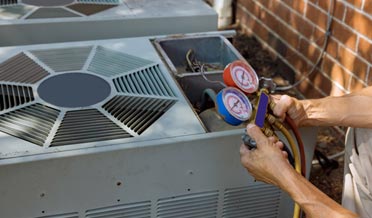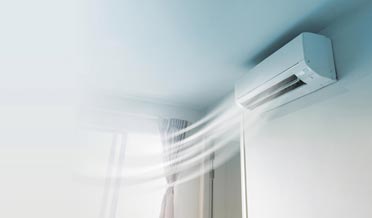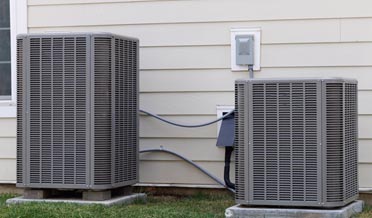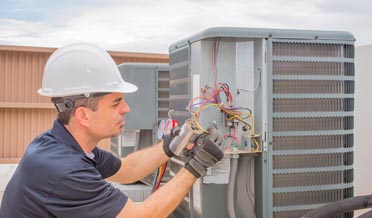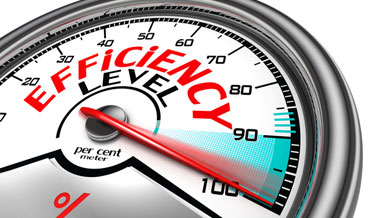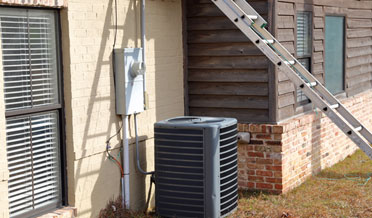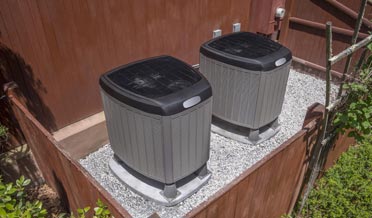AC Maintenance College Station: The Importance of Your HVAC Filter
The first suggestion on HVAC blogs is to change the air filter regularly. The first task during an AC Maintenance College Station visit is to check and replace the air filter. The US Department of Energy recommends changing the air filter for energy efficiency. 1
The US Environmental Protection Agency recommends changing the air filter to improve indoor air quality.2 If changing the air filter is so important, perhaps it is best to know more about HVAC air filters.
Is a Filter Necessary?
Both outdoor and indoor air contains many unseen airborne particles, including pollen, mold spores, dust, bacteria, and viruses. Since homes are sealed to outdoor temperatures, the concentration of these particles is much higher indoors, often 3 to 5 times higher than outdoor air. The heating, ventilation, and air conditioning system (HVAC) includes a highly effective air filter to clean these particles from the home.
How Filters Work
Most air filters are made of fibrous material with overlapping layers; openings between the fibers allow air to flow through the filter, but the particles are captured in the fiber layers. The size of the opening determines how much air is allowed to pass and the size of the particles that will be captured.
The American Society of Heating, Refrigeration, and Air Conditioning Engineers test and rate HVAC air filters, using the Minimum Efficiency Rating Value (MERV). MERV ratings range from 1 to 20. The efficiency is determined by the percentage of particles of a certain size being captured by the filter.
It might seem appropriate to buy the filter with the highest MERV rating, but residential HVAC systems are not equipped to draw air through filters with extremely small openings. Filters with ratings 14 through 20 are considered high-efficiency particulate air filters, used for clean rooms, laboratory, and hospital settings. The HVAC systems that can use these filters have enhanced blower motors to compensate for the small openings. Filters with ratings between 8 to 13 are more appropriate for residential systems.
What Typically Goes Wrong?
Air filters are very efficient at removing airborne particles, so efficient that the particles eventually clog the filter.
A clogged filter restricts airflow and causes several problems at once:
- The air passing through the filter enters the evaporator chamber, where it is cooled and dehumidified. These functions are hampered by a clogged filter.
- The blower motor must work much harder to force the clogged filter. The stress this causes can cascade to other components. This stress weakens the entire system.
- Clogged filters interrupt the function of the system—heating, cooling, dehumidification, and ventilation. Everyone in the home will notice the loss of performance of the HVAC system.
Finding a Solution
Since filters are so efficient, they need to be changed regularly; the guideline for typical homes is every three months.
- Since this task cannot be ignored, schedule calendar prompts to remind you each quarter.
- Locate the filter, often found near the base of the indoor cabinet. Remove the filter, replace it with a new filter, and dispose of the old one. (Notice the collection of particles on the filter.)
Each home and family is unique. The environs of some homes contain excessive concentrations of airborne particles, such as near a major highway or dusty road. Some family members have health concerns that require enhanced indoor air quality, such as severe allergies, asthma, or other breathing illnesses. In these situations, changing the air filter more often might be advantageous.
Finding the Appropriate Filters
- Consult with your HVAC professional to determine the best MERV rating for your system; this can vary with brand, size, and blower motor specifications.
- Find a supplier for your specific filter and acquire an adequate supply.
AC Maintenance College Station – Call RM Mullinix
For more information about R.M. Mullinix and our AC Maintenance College Station services, schedule an appointment or visit our AC maintenance information page.
1 https://www.energy.gov/energysaver/maintaining-your-air-conditioner#:~:text=Clean%20or%20replace%20your%20air,bearing%20pets%20in%20the%20house
2 https://www.epa.gov/indoor-air-quality-iaq/improving-your-indoor-environment
